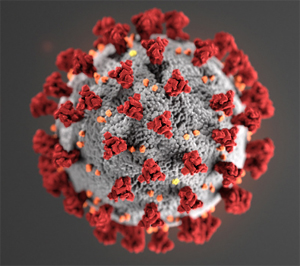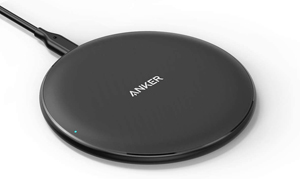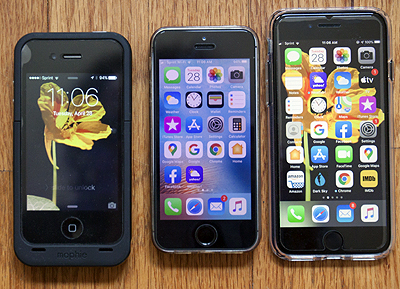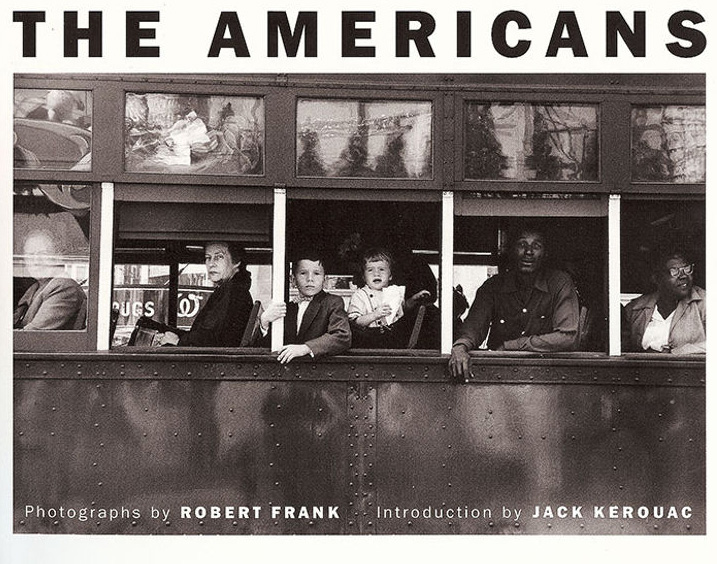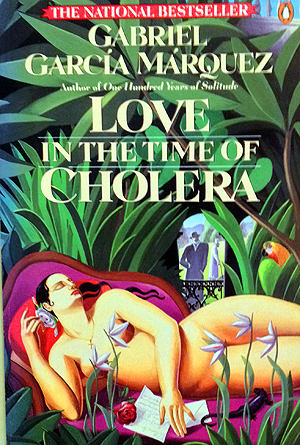
It was inevitable: The scent of bitter almonds always reminded him of unrequited love. [first lines]
There is a Chinese proverb/curse that goes something like the following:
May you live in interesting times.
Well, in many ways the last 20 years have been, in the USA, quite interesting.
There is the good, primarily the rise of the internet (which took off a few year before the 20-years back window) and the rise of personal devices, which goes back to the 2007 launch of Apple’s iPhone, which led to a torrent of other (mostly) good – and interesting – things: apps, remote work (as I’m doing today!), entirely new disruptive industries that would be difficult to conceive before the rise of devices: Uber, Lyft, DoorDash to name but a few.
But thre has been a lot of bad, including the following:
- Hanging Chads – Yes, the 2002 elections, which came down to Florida, a recount and determination of “valid” votes (and for whom) that was ultimately decided for George W. Bush (over Al Gore) by the Supreme Court. Like the decision or not, one branch of government (Judicial) deciding who is in charge of another branch (the Executive) – instead of the people – is a troubling precedent.
- 9/11, 2001 – Probably the darkest day in our history. Sophisticated – yet unbelievably low-tech – and simultaneous attacks on our mainland killed more that 3,000 and forever changed the way we, and the rest of the world, traveled. And to some degree, changed (for the worse) how we view other countries or other citizens who are “not like us.” Who is “not like us” changes with the situation and whomever is making the determination. Not pretty. The attacks/American’s response have thrown us into a perpetual War on Terror in which we are still mired. Also exceedingly unpretty (sic).
- Hurricane Katrina – I’ve only been to New Orleans once, but watching the terrible devastation to the city and entire Gulf area was difficult to see. Watching and reading about the bungled response to this tragedy was infuriating. If we had not been up to our necks in Middle East wars (“never change horses midstream”), I don’t think Bush II would have been re-elected, but…
- The Middle East wars – SIGH. The US’ first major response to the 9/11 attacks was to go into northern Afghanistan – with the Afghan government’s approval – and try to root out the terrorists responsible for 9/11 and any potential new threats. An accurate and justified response. But then the White House took its eye off the ball and decided that, somehow, Iraq was involved (it wasn’t). Troops poured into Iraq, “shock and awe” was deployed, and the efforts in Afghanistan were shifted to Iraq, which didn’t help the efforts in either country. Basically, America was lied to by the government. The country, just beginning to get over the corruption of Watergate 30 years earlier, was again reminded that with great power comes…the potential for great abuse.
- The Market Crash of 2008 – Remember bundled derivatives? Adjustable-rate mortgages (ARMs)? Remember how the near-collapse of the banking industry (bailed out by Bush II) was the start of the dominoes that led to an auto-industry bailout and stimulus package (the later two under Obama)? Remember how these government interventions helped prevent precarious times from turning into a depression? Sure you do. Have we – especially the financial industry – learned the lessons of 2008? Nah.
- Hurricane Sandy (upper Atlantic states) and Hurricane Maria (that crippled Puerto Rico) – The first was devastating for no other reason that it hit very densely populated areas: New Jersey was especially hard hit, and the tunnels connecting New York with New Jersey compounded the scope of the storm’s effects. FEMA (under Obama) did a fairly good job getting food/water to affected individuals and federal funds to the states. In Puerto Rico, President Trump took a different approach, by escalating Twitter attacks on the female Mayor of San Juan (who was begging for federal help) and declaring – upon a visit to the territory – that only 14-16 deaths (official number at the time) wasn’t so bad. What a fount of empathy. The direct and indirect (road closures prevented medicine to get to patients, no running water led to disease etc.) death toll is now estimated to be at around 3,000.
All the bad things listed above have one thing in common: None really directly affect/affected me. Yes, we all have to go through enhanced security when traveling (especially flying). We all have to deal with a country which seems a little too willing, at times, to paint all Muslims as terrorists, which is disheartening.
But my house wasn’t washed away to sea, I didn’t lose a job in the Recession of 2008.
Yes, I’ve been lucky.
But now, with the rise of the coroonavisus, I am directly impacted.
There is a shelter-in-place decree from Governor Pritzker, which lays out the following:
- Don’t go to work if you can go work from home.
- Only essential stores/businesses are to be open: Health care, pharmacies, grocery stores, gas stations and so on (my eye doctor is closed; emergencies only).
- Keep any and all gatherings to a minimum – 10 persons or less. Better yet, just skip any events for the next couple of weeks.
- Restaurants and bars are take-out only (I wonder if my Starbucks will be open – last week they were open to “grab and go” [their term], but I’ll bet they are closed for the next couple of weeks. Few customers.)
- We have a small office staff, and we are rotating so only one person is in each day (we rotate). Otherwise, work from home (we were already set up for this; Romy’s company had to scramble).
- People are panicking; buying dozen of rolls of toilet paper at a time
Now, for a lot of people this – altogether – is a pain in the ass.
Agreed.
But it’s for the best reasons: Let’s keep the impacts – economic & heath (sickness and death) – to a minimum. For a disease with no cure nor vaccine, keeping as few people infected/infectious is the only way to keep our health care system from melting down – look at Italy. Shelter-in-place rules don’t cure. anything, but they do slow the rate of infection. That allows us to test for those who may be sick and give quality care to those who are infected.
And it’s temporary (hopefully – it could be like the flu with a new flavor [COVID-45!] every X months/years).
Fortunately – for me – the impact on me is less than on others, simply because I’m so boring.
My reading/watching TV at home is not interrupted.
My going out to eat infrequently isn’t impacted like those who eat out a few times a week.
We rarely go to plays/concerts and other such events that are now on hold due to crowd size.
Finally, the bright side of being boring!
Final Note:
I an not in any way making light of the seriousness of the coronavirus pandemic – it’s devastating for our world’s economies, social fabrics and overall well being. And it’s going to take some time to recover from this event. Maybe, like 9/11, it will change some things (what?) forever, even in a subtle manner. But in the meantime, there is going to be a lot of confusion, physical and financial pain, topped with a dumpster full of political rhetoric, some helpful, the vast majority missing the point (helping people, not your re-election campaign or the donor class).
I’m just noting that of the bad events of the last 20 years, I’ve pretty much been an observer, not a participant. With the coronavirus, I’m directly in the line of fire, but thus far have only been grazed.
In other words, I’ve been lucky.
And to paraphrase Joe Biden (speaking on hot mic during the ACA announcement), coronavirus is a big fucking deal. And not in a good way.

